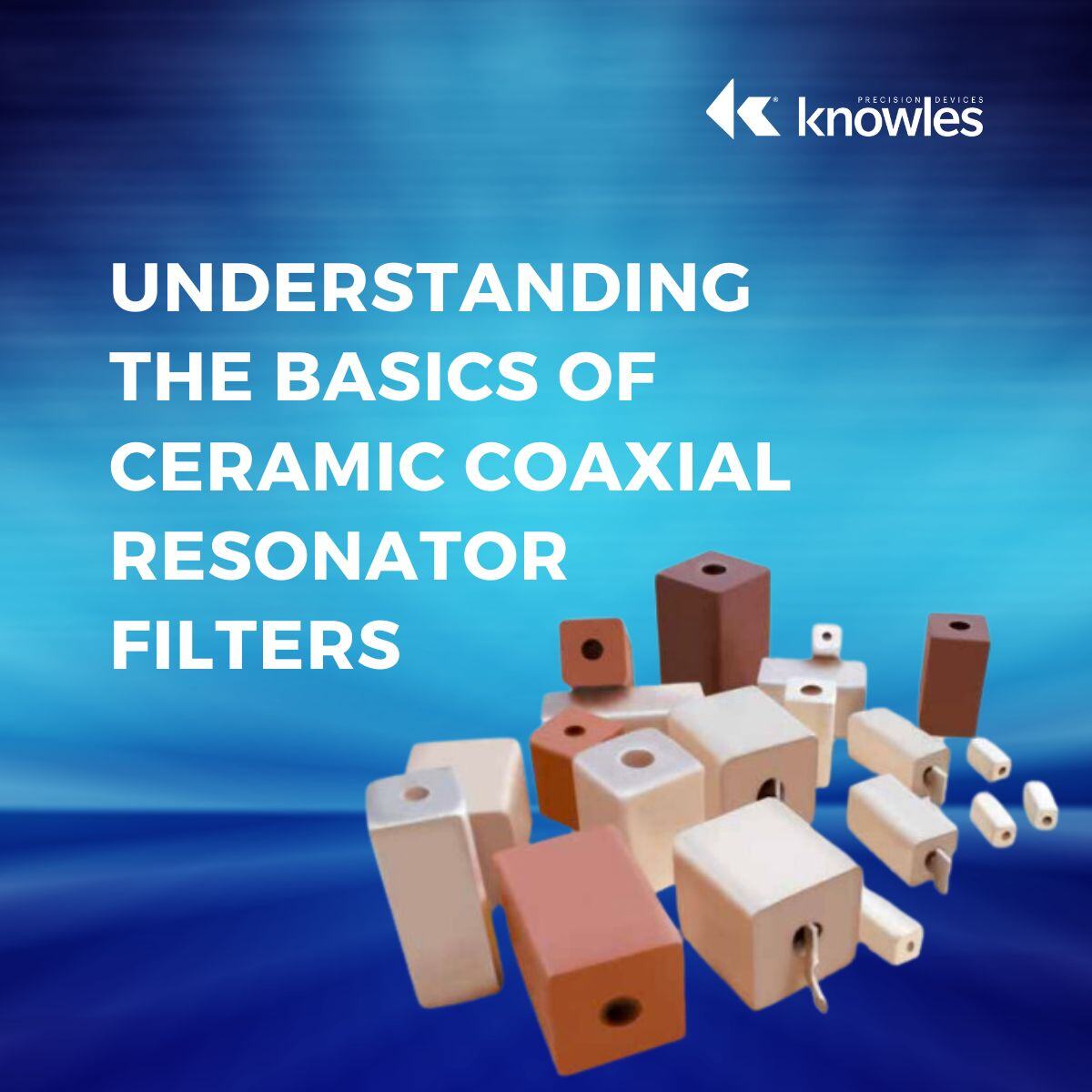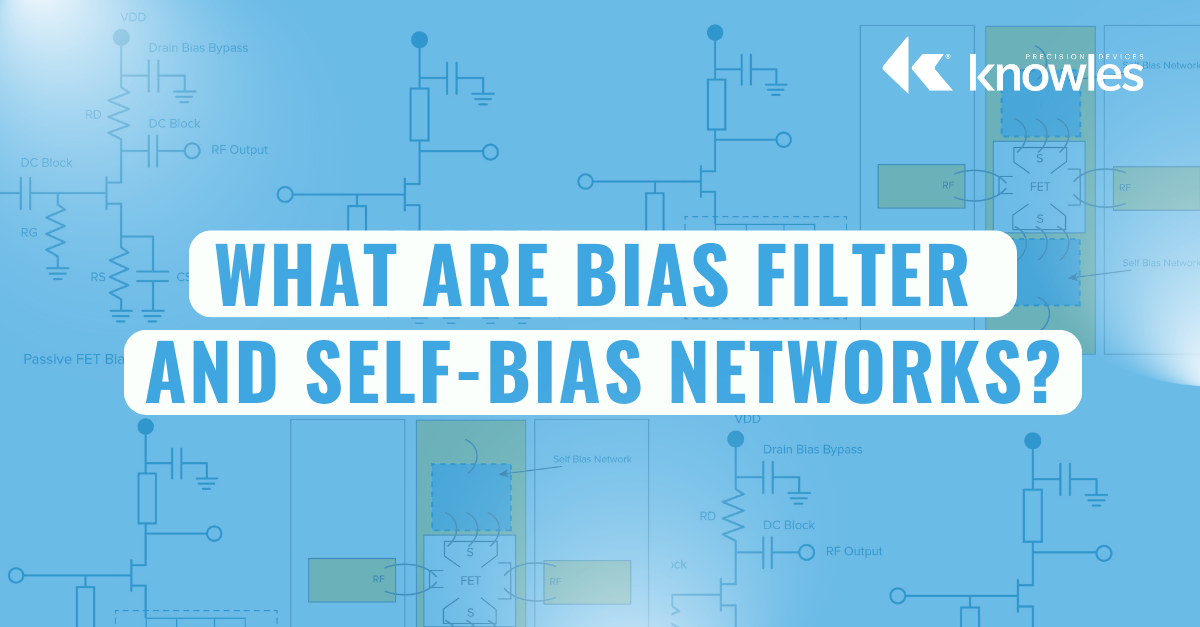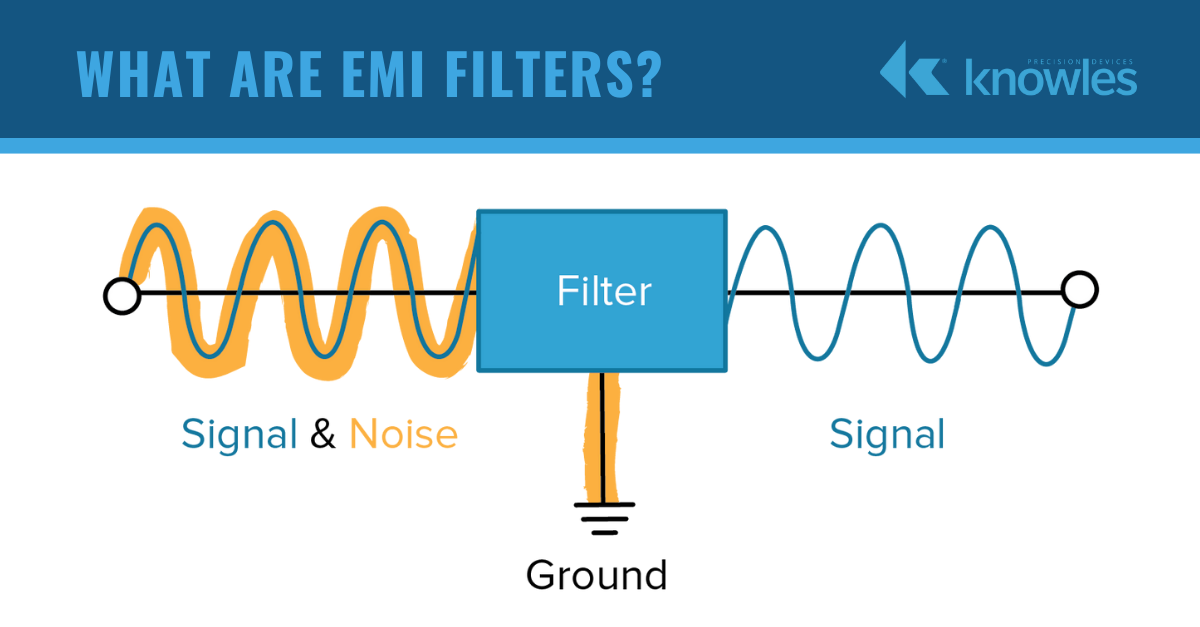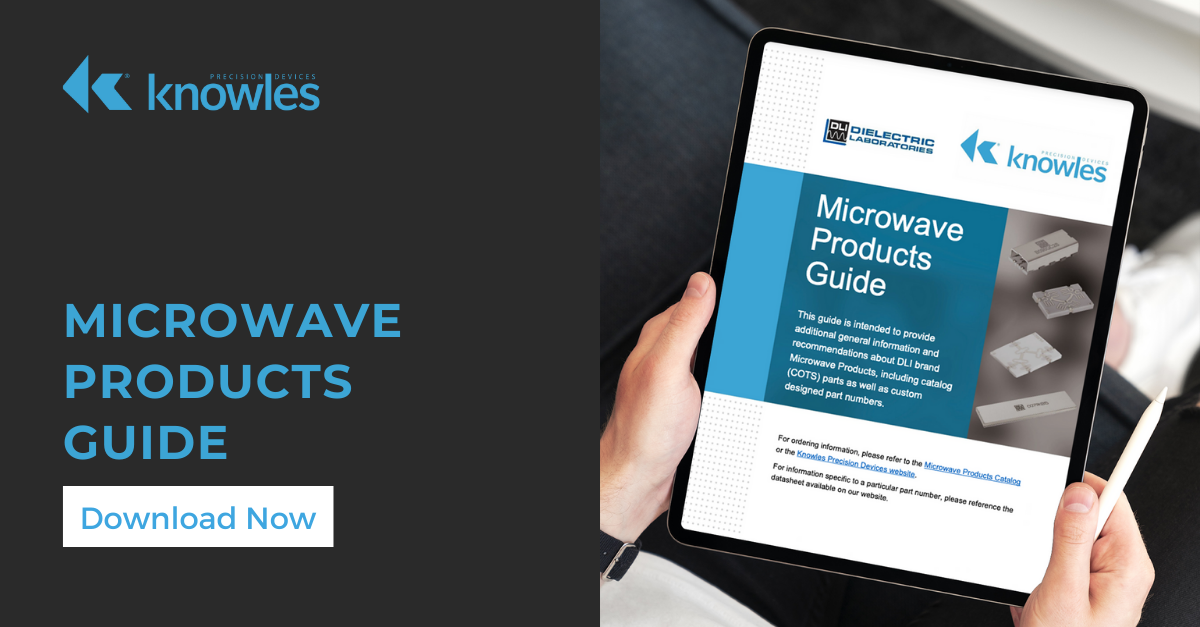Since our acquisition of Integrated Microwave Corporation (IMC) in 2020, we have extended our range of RF and microwave filtering solutions to include a wide variety of ceramic coaxial resonators, lumped element filters, and cavity filters from the VHF to the Ka band. During this time, we’ve also continued to innovate on and expand our product offering for one of our most popular filter types – the microstrip filter.
How High-Q Ceramic Filters Help Engineers Overcome GNSS Jamming
As engineers embed receivers for Global Navigation Satellite Systems (GNSS), like GPS and Galileo, into systems ranging from autonomous vehicles to precision agriculture, the RF environment is becoming more crowded, and it’s more difficult to maintain signal integrity.
Topics: RF and Microwave, Military and Aerospace, Filtering
X2Y® technology, which was originally developed by X2Y Attenuators, LLC, is based on a proprietary electrode arrangement embedded in passive components that can be manufactured using a variety of dielectrics. Using this innovative technology, Knowles Precision Devices manufactures high-performance multi-layer ceramic capacitors (MLCCs) that we then use to create a variety of off-the-shelf and custom bypass and noise decoupling capacitors and electromagnetic interference (EMI) filters. Let’s look at how building these components with X2Y is different than using a traditional ceramic MLCC and the resulting benefits.
Topics: RF and Microwave, Filtering
High-Precision and High-Reliability Machined and Plated Solutions for Passive Electronic Components
At Knowles Precision Devices, we have a long history in radio frequency (RF) and custom discrete passive components. Our rich heritage in variable and trimmer capacitors comes from Voltronics and Johanson and our expertise in High-Q multi-layer ceramic capacitors (MLCCs) is supported by DLI and Syfer.
Topics: High Reliability, Filtering
Understanding The Basics of Ceramic Coaxial Resonator Filters
Before jumping into a discussion on ceramic coaxial resonators, it is important to understand what a resonator is and how these electrical components work. In general, a resonator is an essential component for constructing a bandpass filter since the resonator is what will allow specified frequencies, or bands of frequencies, to pass through the filter as shown in Figure 1.
Topics: RF and Microwave, Filtering
Combining Filter Technologies to Create Higher-Value Compact Filters
There are hundreds of filter applications operating across a wide range of frequencies, which presents a challenge for filter designers since most filter designs don't inherently operate across these wide ranges. Size, weight, power, and cost (SWaP-C) are also important considerations, so simply adding more filters to address different frequency ranges is not an attractive solution. There is, however, an alternative way of designing filters: combining filter technologies to meet the specific frequency, bandwidth, and size requirements of your application.
Topics: Filtering
Bias filter networks and self-bias networks are two types of biasing components developed by Knowles Precision Devices for use in high-frequency microwave and RF applications.
Topics: Filtering
To understand what an electromagnetic interference (EMI) filter is, and what it does, we need to first know what EMI is and why it needs to be filtered. EMI refers to undesirable electromagnetic emissions or disturbances generated either by electronic devices or natural sources in the environment that can interfere with the proper functioning of other nearby devices or systems. EMI noise can propagate through power supply lines and radiate into the environment, potentially causing disruptions or malfunctions in other electronic systems. For many devices, this could cause big issues, which is why many government organizations have developed regulatory standards for electromagnetic compatibility (EMC), or when two pieces of electronic equipment can function in the same environment without adversely impacting one another.
Topics: Filtering
Anatomy of and Stencil Design Recommendations for Our DLI Brand Filters
The Knowles Precision Devices DLI brand of technologies are designed to address the complex challenges of implementing high-performance mmWave filters across the widest range of specifications. Our Microwave Product Catalog covers how to select the best catalog or custom components for your application needs, while our new Microwave Products Guide provides valuable information and recommendations for how to work with our DLI brand microwave products once you have the components in hand.
Topics: RF and Microwave, Filtering
Selecting Capacitors for High-Voltage X-Ray Power Supplies
As the backbone of the X-ray machine, X-ray tubes produce the radiation that generates the electromagnetic waves known as the “X-ray.” This is done by using a high voltage to accelerate the electrons released by a hot cathode to a high velocity. Those electrons then collide with the anode, which is a metal target usually made of tungsten. This process requires an input voltage typically ranging from 180 to 480 VAC with a power supply that transforms and steps up the voltage to extremely high voltage outputs ranging from 10kV and 120kV DC. A high-level diagram of the power supply required to power the X-ray tubes is shown in Figure 1.


.png)
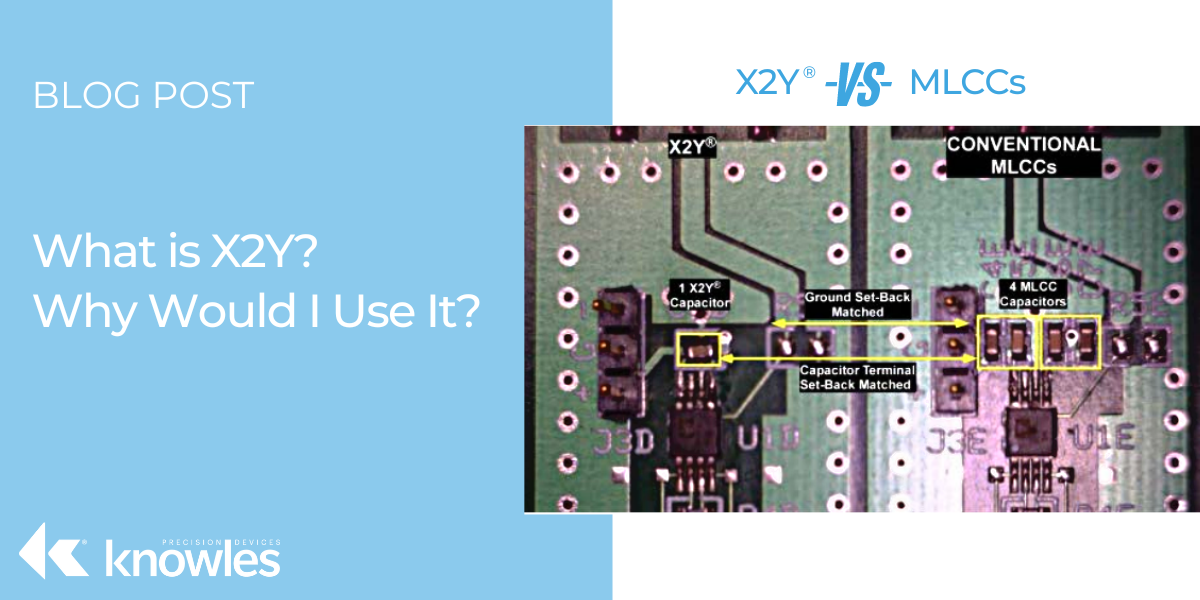
.png)
